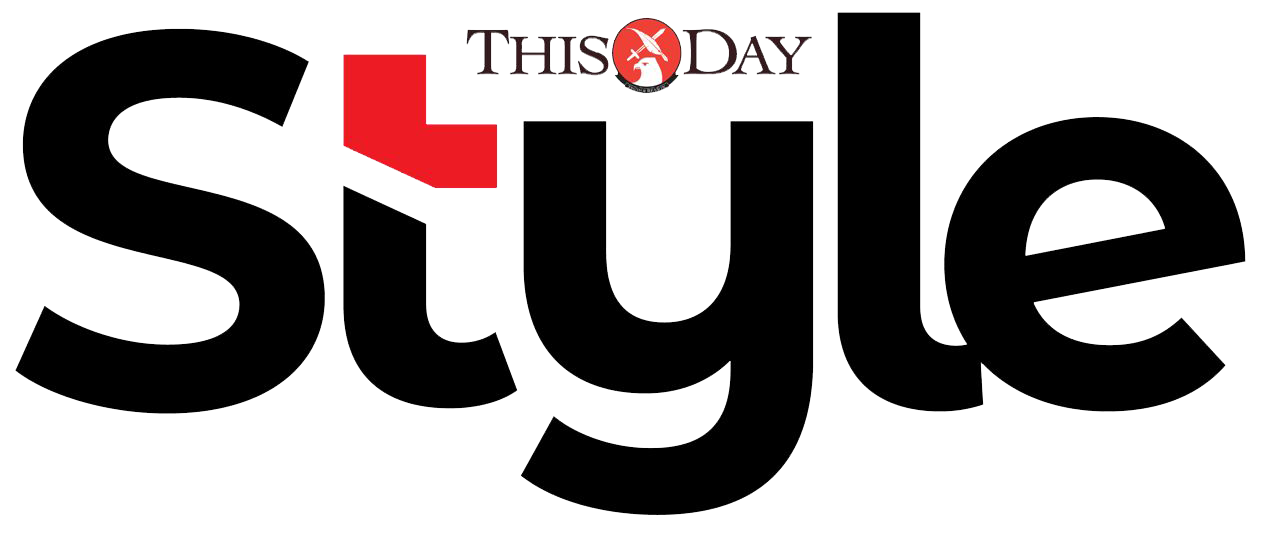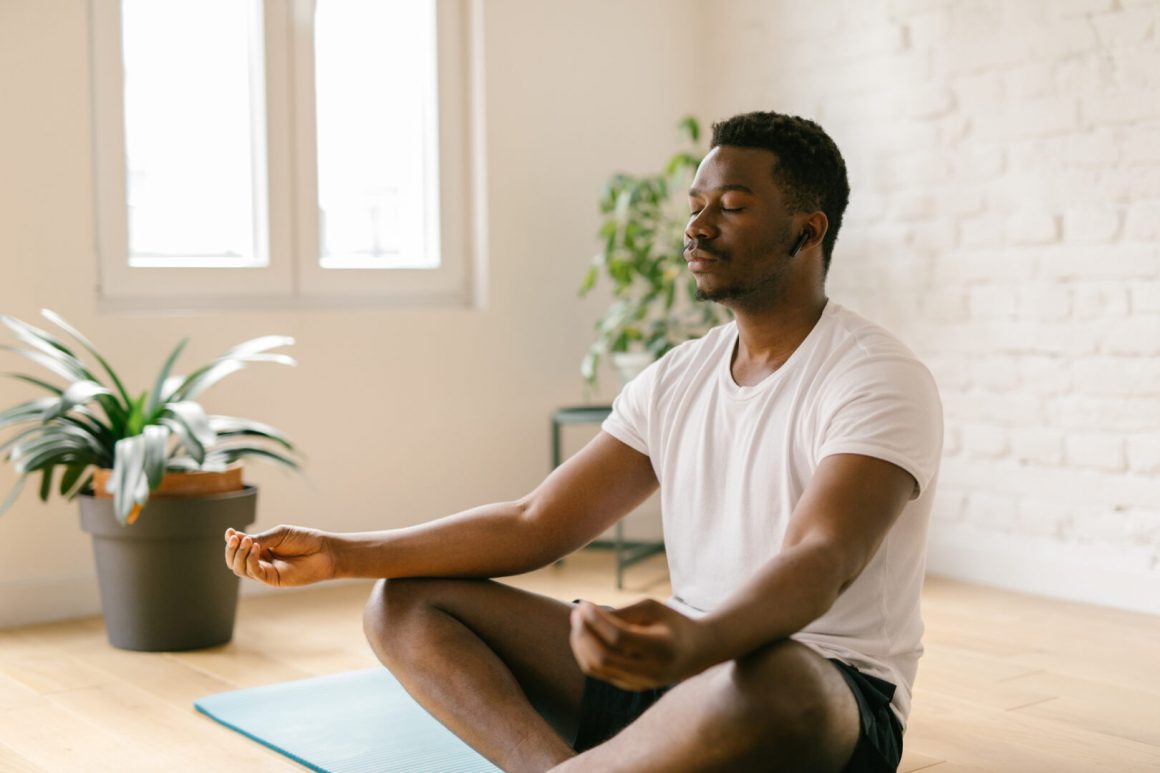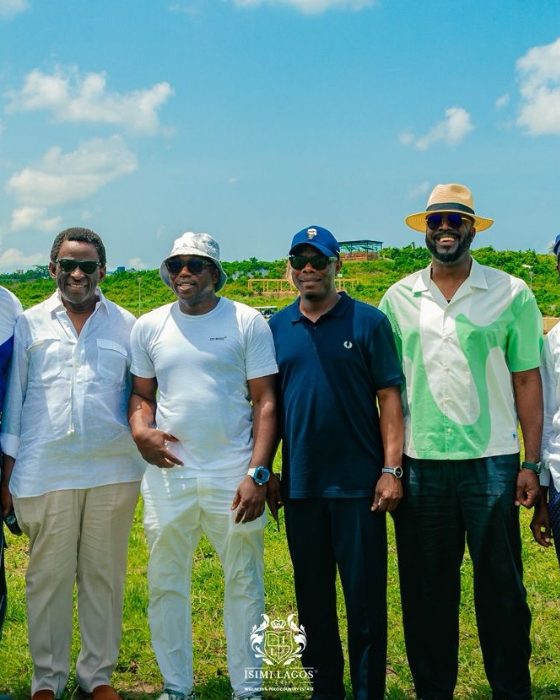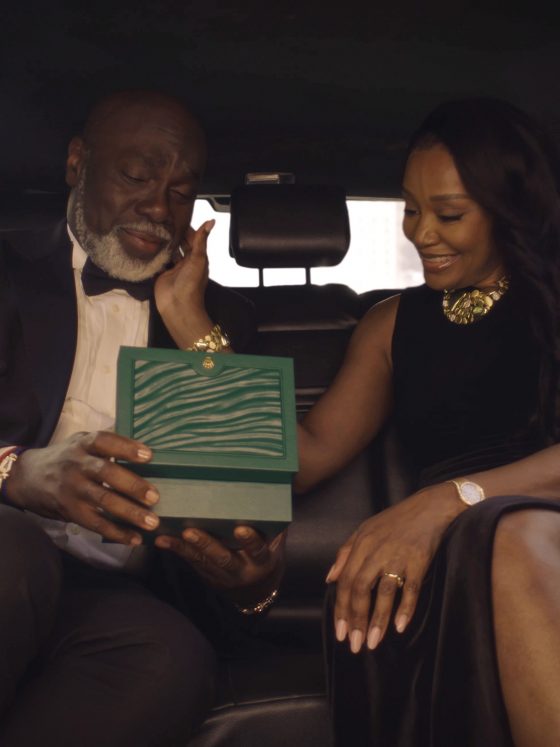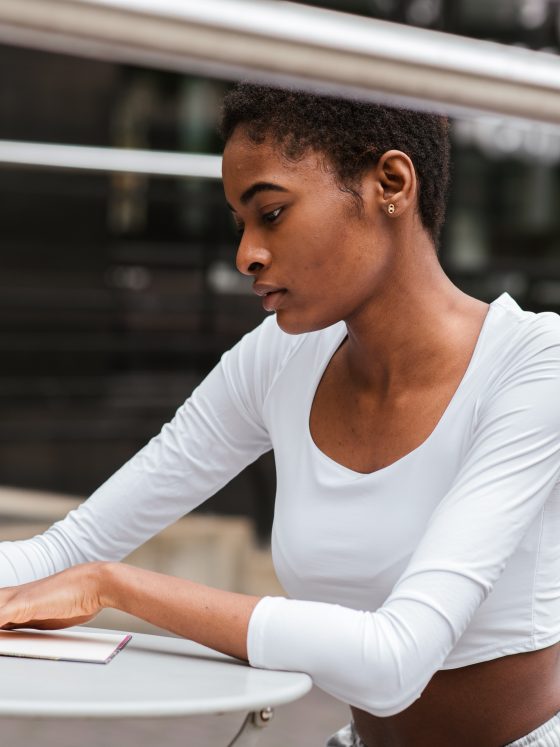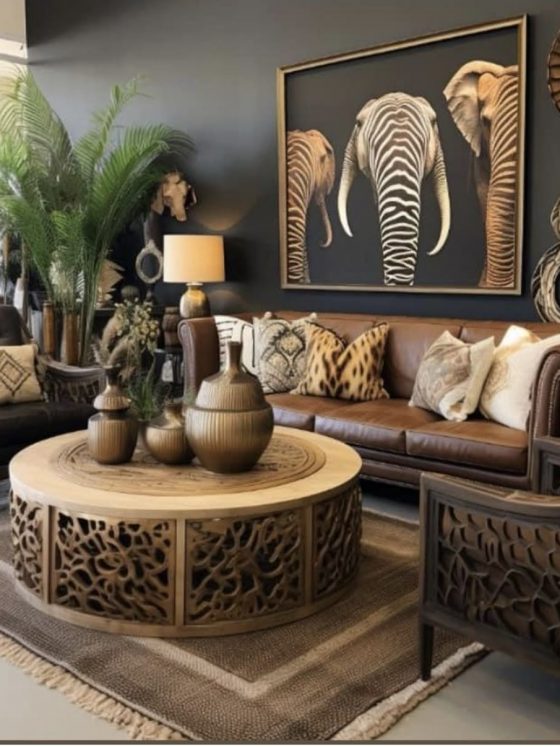Minimalism has been romanticised as an aesthetic—think clean white walls, capsule wardrobes, and perfectly arranged furniture. But beyond the Instagram-worthy spaces, minimalism is a mindset, a way of living with more intention and less clutter—both physically and mentally. It’s about creating space for what truly matters. And let’s be real: in a world where we’re constantly bombarded with things to buy, tasks to complete, and information to process, simplifying can feel like a radical act of self-care.
But how do you actually do it? More importantly, how do you make it work for real life—not just as a fleeting trend but as a sustainable lifestyle? Here are ten minimalist rules that aren’t just feel-good advice but actually work.
1. The One-In, One-Out Rule
For every new item you bring into your life, let go of one. Bought a new pair of shoes? Donate or sell an old pair. Downloaded a new app? Delete one you never use. This prevents accumulation and keeps your possessions—and your digital life—from spiralling out of control.
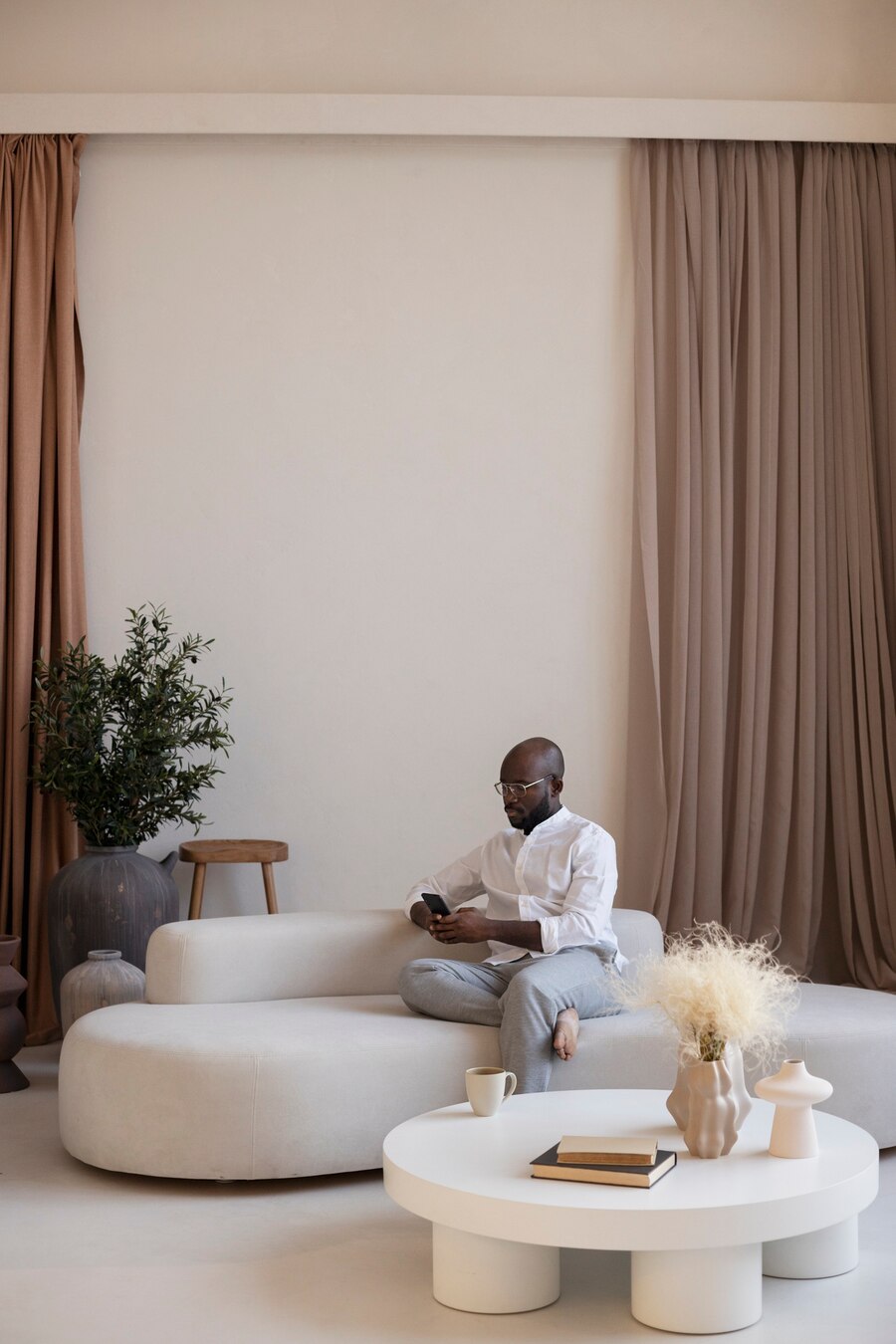
2. Declutter by Category, Not Room
Instead of tackling your home room by Room, declutter by category. For example, sort through all your books at once, then your clothes, then your kitchen gadgets. This method, popularised by Marie Kondo, prevents you from shifting things around and forces you to see how much of something you own.
3. Use the 90/90 Rule
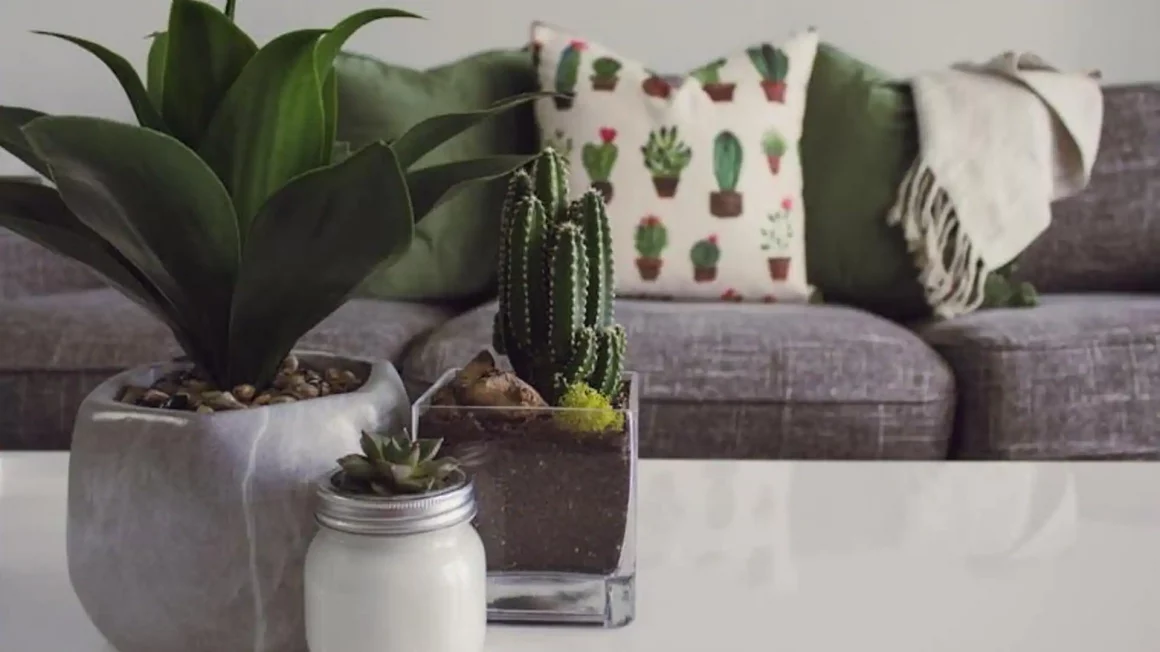
If you haven’t used something in the last 90 days and you don’t anticipate using it in the next 90 days, let it go. This rule applies to everything—clothes, kitchen gadgets, and even subscriptions. It forces you to be honest about what’s truly useful in your life versus what’s just taking up space.
4. Set a “Maybe” Box
Sometimes, getting rid of things is tough because of the dreaded what if I need this later? syndrome. The solution? A “Maybe” box. Put questionable items in a box and stash it away for a few months. If you don’t reach for them, you probably don’t need them.
5. Digitise Where Possible
Paper clutter is one of the sneakiest forms of mess. Bills, receipts, notes, old documents—they add up. Scan important documents, opt for digital billing, and use apps for note-taking instead of sticky notes scattered everywhere. The less paper you have, the easier it is to stay organised.
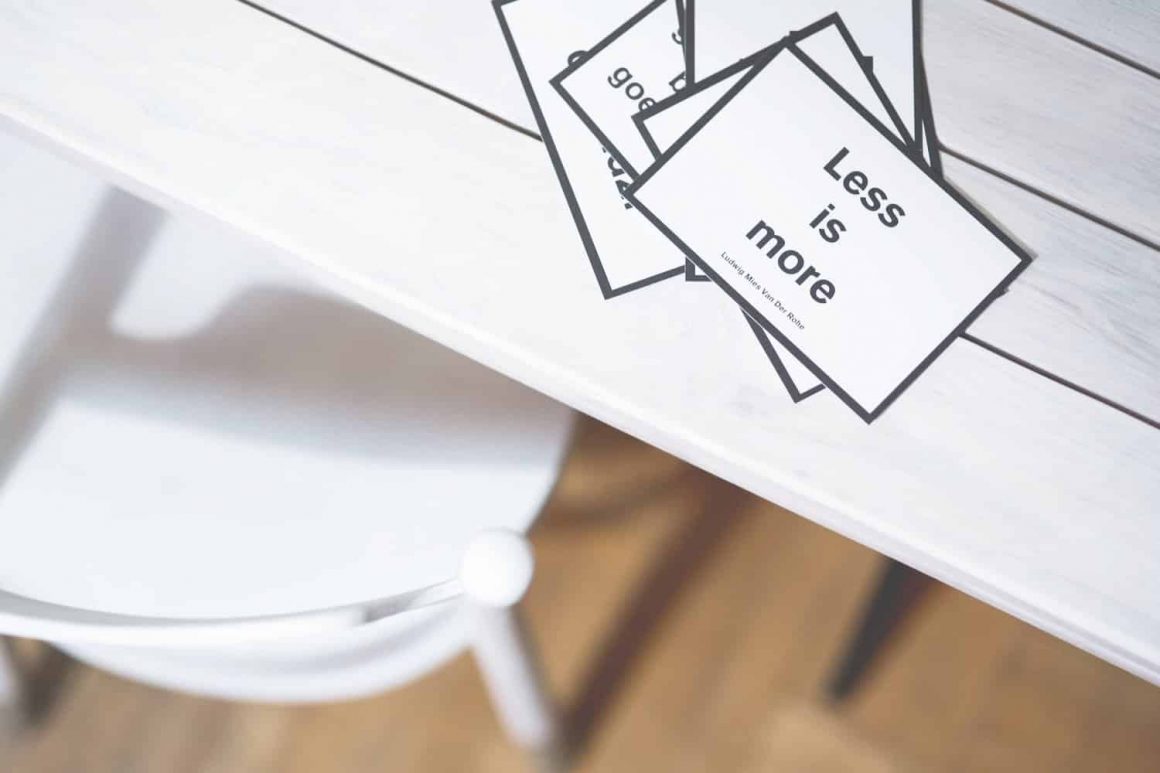
6. Set a Shopping Rule
Before you buy something, ask yourself:
Do I really need this?
Will I use it regularly?
Do I already own something similar?
Can I afford it without stress?
If you hesitate on any of these, put it back. And if you still want it, give it 30 days. If you still need it after a month, go ahead. More often than not, you’ll forget about it.
7. Practice the 5-Minute Declutter Rule
Decluttering doesn’t always have to be a big event. Every day, set aside five minutes to tidy up a small area—a drawer, your bedside table, your email inbox. These small, consistent efforts prevent things from piling up and keep your space manageable.
8. Create a Uniform (Or a Capsule Wardrobe)
Decision fatigue is real, and it starts in your closet. A minimalist wardrobe makes getting dressed effortless. You don’t have to go full Steve Jobs with a daily black turtleneck, but narrowing your wardrobe to pieces that you love and actually wear will make life easier.
A capsule wardrobe—a small collection of versatile, high-quality pieces—helps you maximise style with fewer items. Quality over quantity is key.
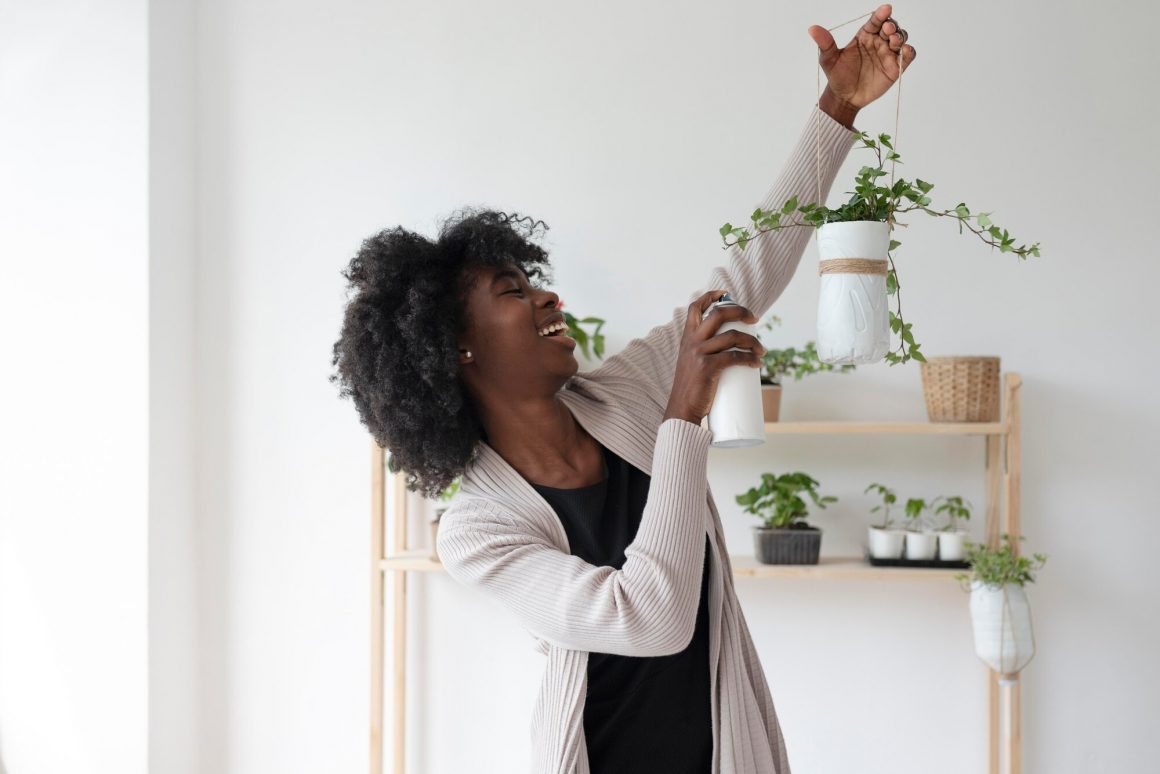
9. Be Intentional with Your Time
Minimalism isn’t just about stuff; it’s about time, too. Say no to things that drain you. Set boundaries on social media. Cut out unnecessary meetings. Create space for what truly matters—rest, hobbies, relationships, and the things that bring you joy.
10. Define Your Own Version of Minimalism
The biggest minimalist rule? Make it work for you. Minimalism isn’t about living in an empty house with three shirts and one bowl. It’s about removing excess and keeping what adds value to your life. If that means owning 50 books instead of 500, great. If it means keeping a large shoe collection because you genuinely love it, that’s fine too. Minimalism isn’t deprivation—it’s about living with purpose.
